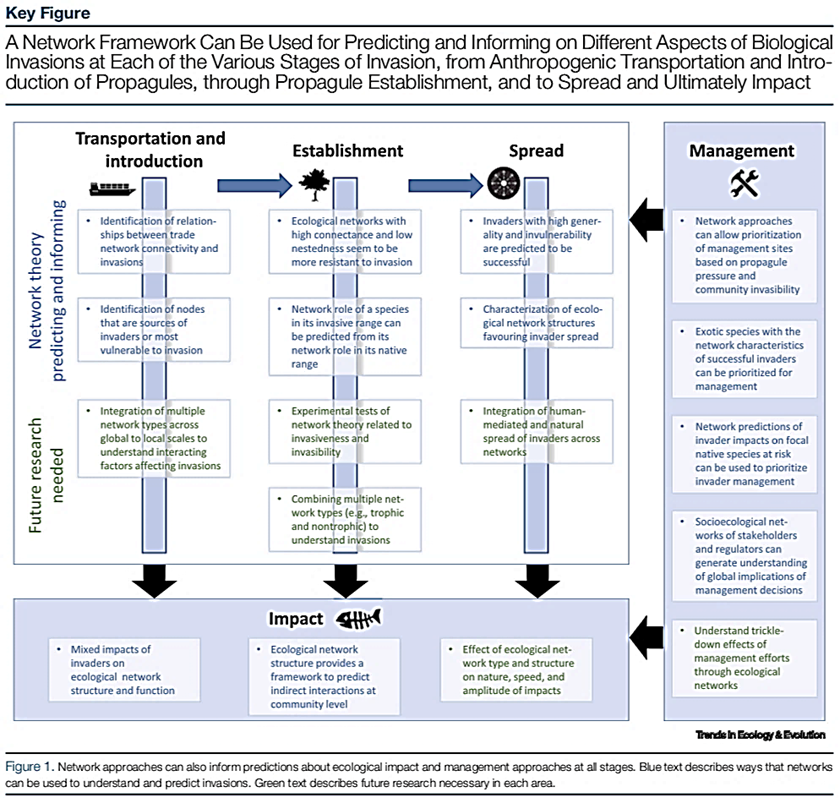Much more than just collisions – roads have wide footprints in arid environments
Drs Richard Dean (DST/NRF Centre of Excellence: Percy FitzPatrick Institute of African Ornithology), Colleen Seymour (South African National Biodiversity Institute), Grant Joseph (University of Venda) and Stefan Foord (C·I·B Core Team Member) reviewed current literature to explore wildlife responses to roads at the arid end of the spectrum.




